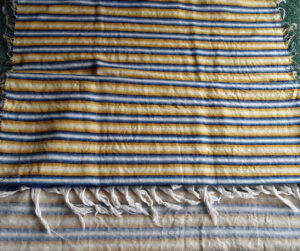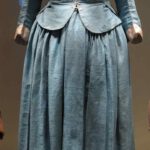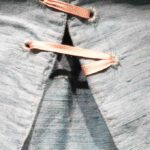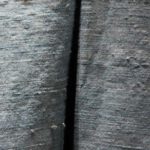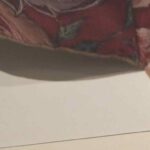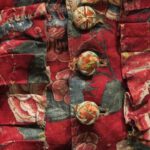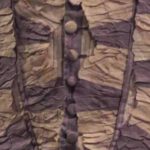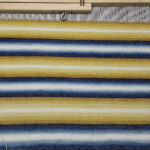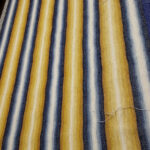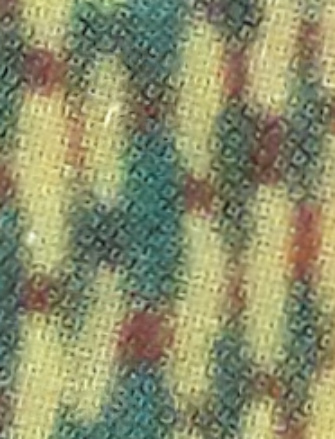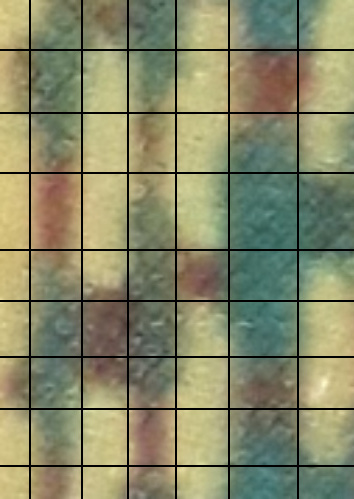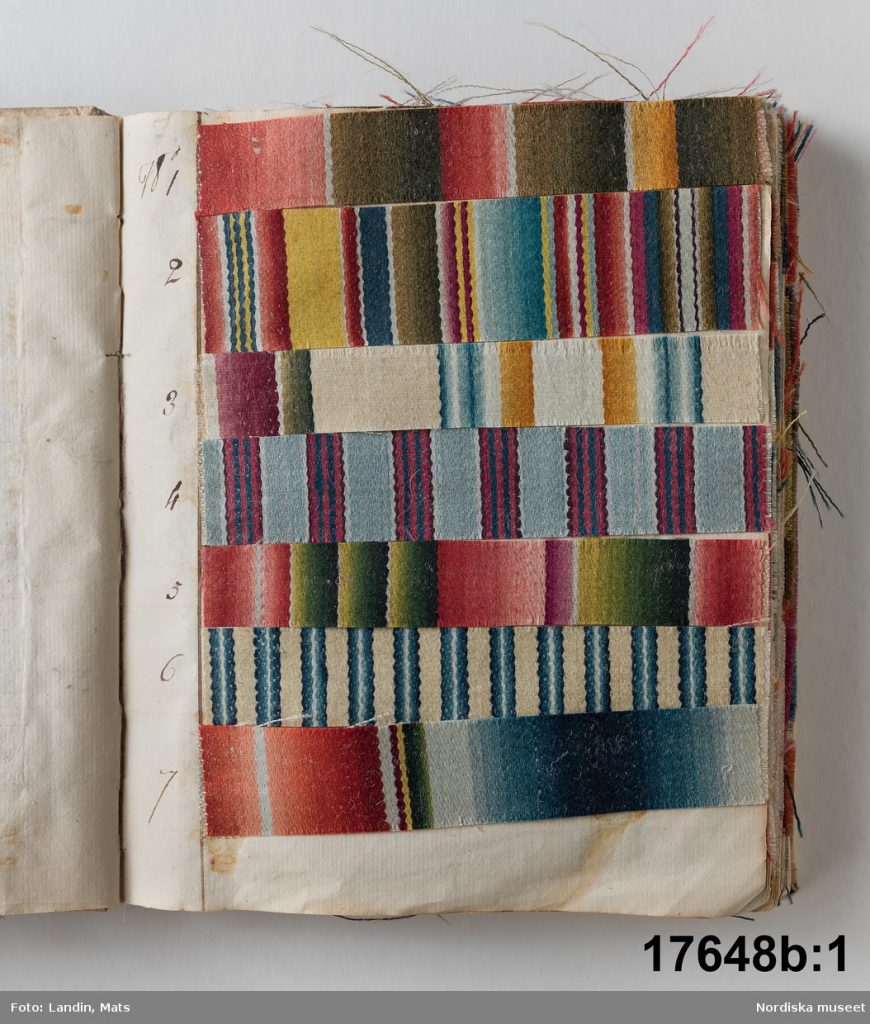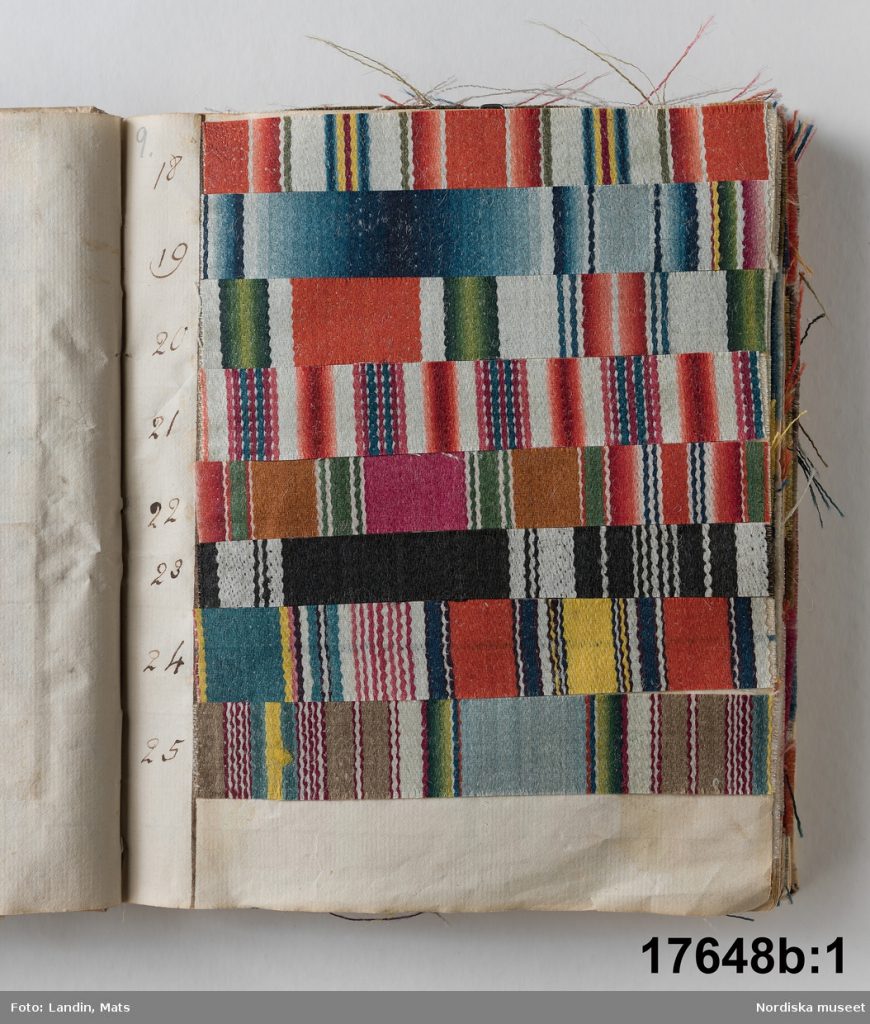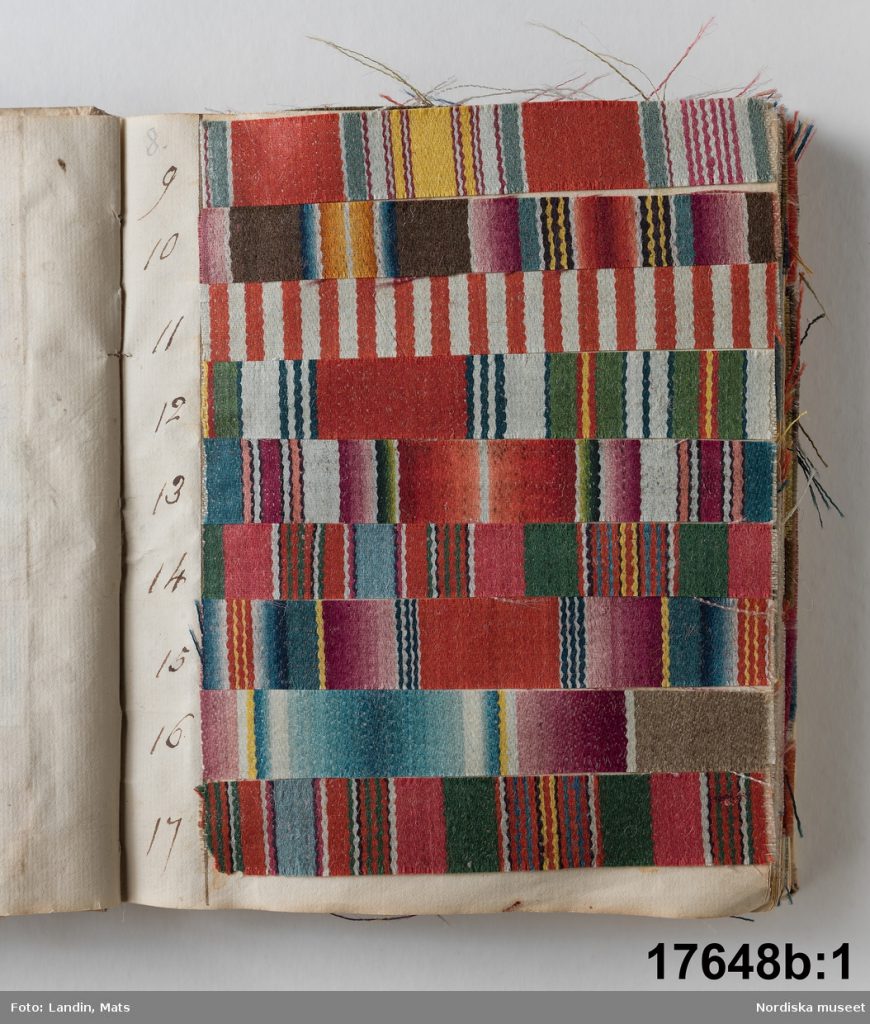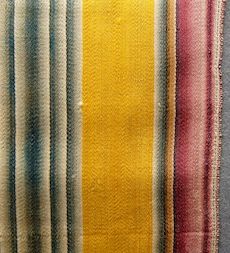Vor vielen, vielen, vielen Jahren hatte ich einige Meter Seidentaft in einem wunderbaren, knalligen Blau, die ich zu einer Robe à la française verarbeiten wollte. Zuerst aber wollte ich wissen, ob dieser Farbton historisch korrekt ist. Jemand schickte mir ein Bild, auf dem so ein Blau zu sehen war, und damals reichte mir das. Inzwischen sehe ich das anders.
Vor einer Weile blätterte ich durch eine Museums-Webseite, und es war wohl teilweise Zufall, daß mehrere Bilder zusammengruppiert waren, auf denen leuchtendes Blau die dominierende Farbe war. Es waren alles Miniaturen, genau wie das Bild, das man mir geschickt hatte.
Erfreulicherweise setzt sich zumindest außerhalb Deutschlands bei Museumsverantwortlichen zunehmend die Erkenntnis durch, daß die den Museen anvertrauten Artefakte keine privaten Pfründe der Kuratoren sind, sondern eine Allmende. Und so konnte ich die Bilder herunterladen, um sie hier ganz legal zu präsentieren. Sie sind ungefähr zeitlich sortiert, aber das ist eigentlich unerheblich. Weiterlesen
